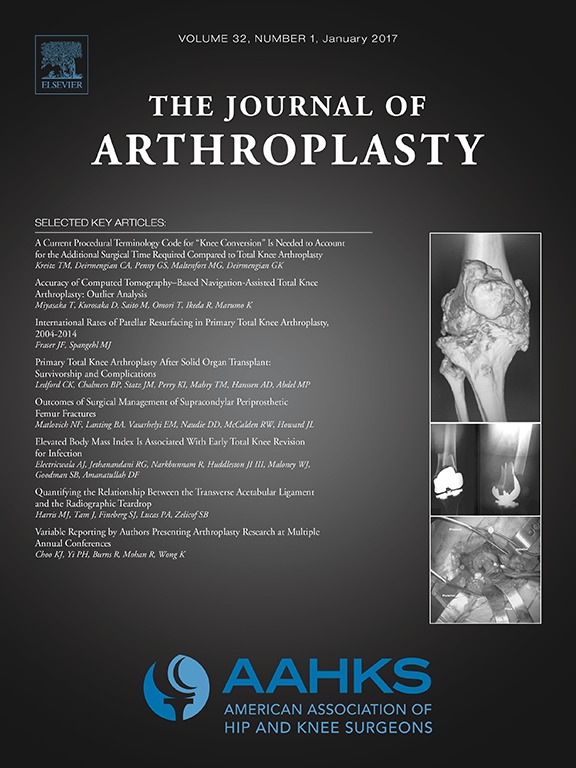
Long-term comparison of ceramic-on-ceramic and ceramic-on-polyethylene THA in young patients

Long-term comparison of ceramic-on-ceramic and ceramic-on-polyethylene THA in young patients
The Ideal Total Hip Replacement Bearing Surface in the Young Patient: A Prospective Randomized Trial Comparing Alumina Ceramic-On-Ceramic With Ceramic-On-Conventional Polyethylene: 15-Year Follow-Up
J Arthroplasty. 2018 Jun;33(6):1752-1756Synopsis
57 young patients (18-60 years of age) scheduled for elective, primary total hip arthroplasty were included in this study to compare long-term wear, revision, and functional outcomes between ceramic-on-ceramic and ceramic-on-conventional polyethylene bearing surfaces. This study presented the result at a minimum 15-year follow-up. Total wear, linear wear rate, and the incidence of femoral osteolys...
To view the full content, login to your account,
or start your 30-day FREE Trial today.
FREE TRIAL
LOGIN
Forgot Password?
Explore some of our unlocked ACE Reports below!

Learn about our AI Driven
High Impact Search Feature
Our AI driven High Impact metric calculates the impact an article will have by considering both the publishing journal and the content of the article itself. Built using the latest advances in natural language processing, OE High Impact predicts an article’s future number of citations better than impact factor alone.
Continue



 LOGIN
LOGIN

Join the Conversation
Please Login or Join to leave comments.